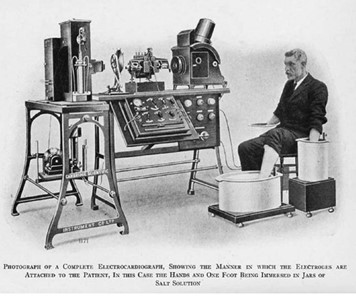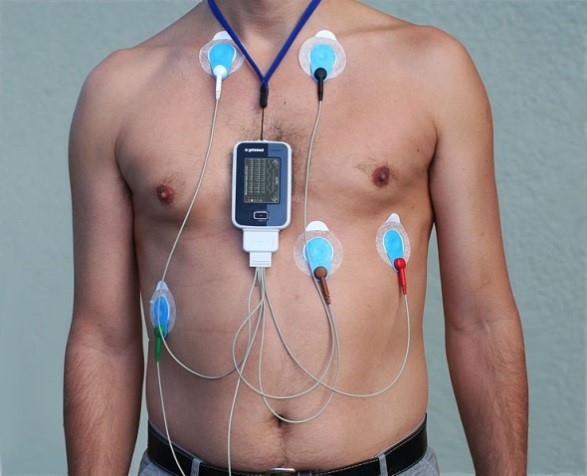Medical Devices and Medicine-Device Combinations
3. Production process
An example of the evolution of medical devices is in gastrointestinal endoscopy, a process whereby the clinician can investigate the digestive tract using an endoscope while the patient is usually sedated. First developed in the early nineteenth century, the endoscope now typically consists of a rigid or flexible tube incorporating a light at the end to enable images of the insides of the intestines to be transmitted to the doctor. In the early 2000s, a new process for endoscopy has been developed. The patient swallows a two cm capsule, containing a light source and camera, which passes through the intestines and transmits images as it goes to the clinician. A remote-controlled version is currently being developed (2014). No sedation is required and the patient experience is improved considerably.


Figure 3. Evolution of the electrocardiograph machine. The left image is an example of an early commercial electrocardiograph (ECG). Contrast this with the modern Holter ECG shown on the right. This is a portable device that can remotely relay real-time ECGs to a medical centre while the patient goes about their everyday life (images courtesy of Wikipedia).